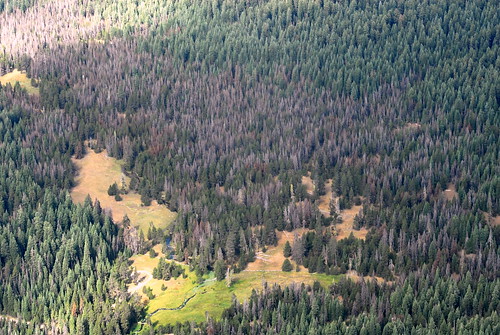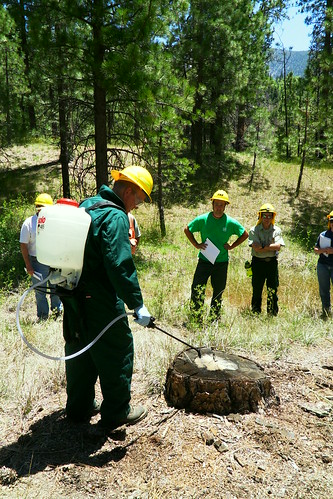
Sometimes, heroes aren’t who we expect.
With more than 750 million acres classified as forest land and millions more acres with trees in urban areas, the U.S. population receives a wide array of services and commodities from forests, such as wood and other forest products, recreation, wildlife, clean water, energy and jobs.
Insects and diseases play critical roles in both maintaining balance in healthy, functioning forests and causing catastrophic outbreaks and forest loss. Every day, a cadre of professionals at the U.S. Forest Service provides financial and technical assistance to manage those insects, diseases and invasive plants on all forested lands across multiple land ownerships, including our national forests and grasslands, and other federal, state, Tribal and private lands.
They don’t wear capes, but the employees with the Forest Service Forest Health Protection program do a lot to help to maintain, enhance and restore healthy forest conditions. In addition to developing effective and economical technologies to assess and manage potentially damaging insects, diseases and plants, Forest Health Protection staff also looks for links between changing climate and pest conditions. They manage and coordinate the proper use of pesticides on Forest Service lands and provide technical advice and support for pesticide management in other areas.
“What I think is pretty cool is that we have a survey and monitoring program that helps us identify changes and threats to rural and urban forests early enough to help forest managers implement appropriate and timely responses,” said Frank Sapio, Forest Health Protection’s acting director.

According to Sapio, aerial detection surveys provide an annual snapshot of forest health conditions over large areas more efficiently and economically than other methods. For these surveys, observers in small aircraft record areas of activity using a digital aerial sketch mapping system that incorporates a tablet PC, geographic information systems and global positioning system technology.
Forest Health Protection optimizes treatment activities based on the combined analysis of data from sources such as the National Insect and Disease Risk Map, watershed-based risk maps, state assessments and response strategies.

